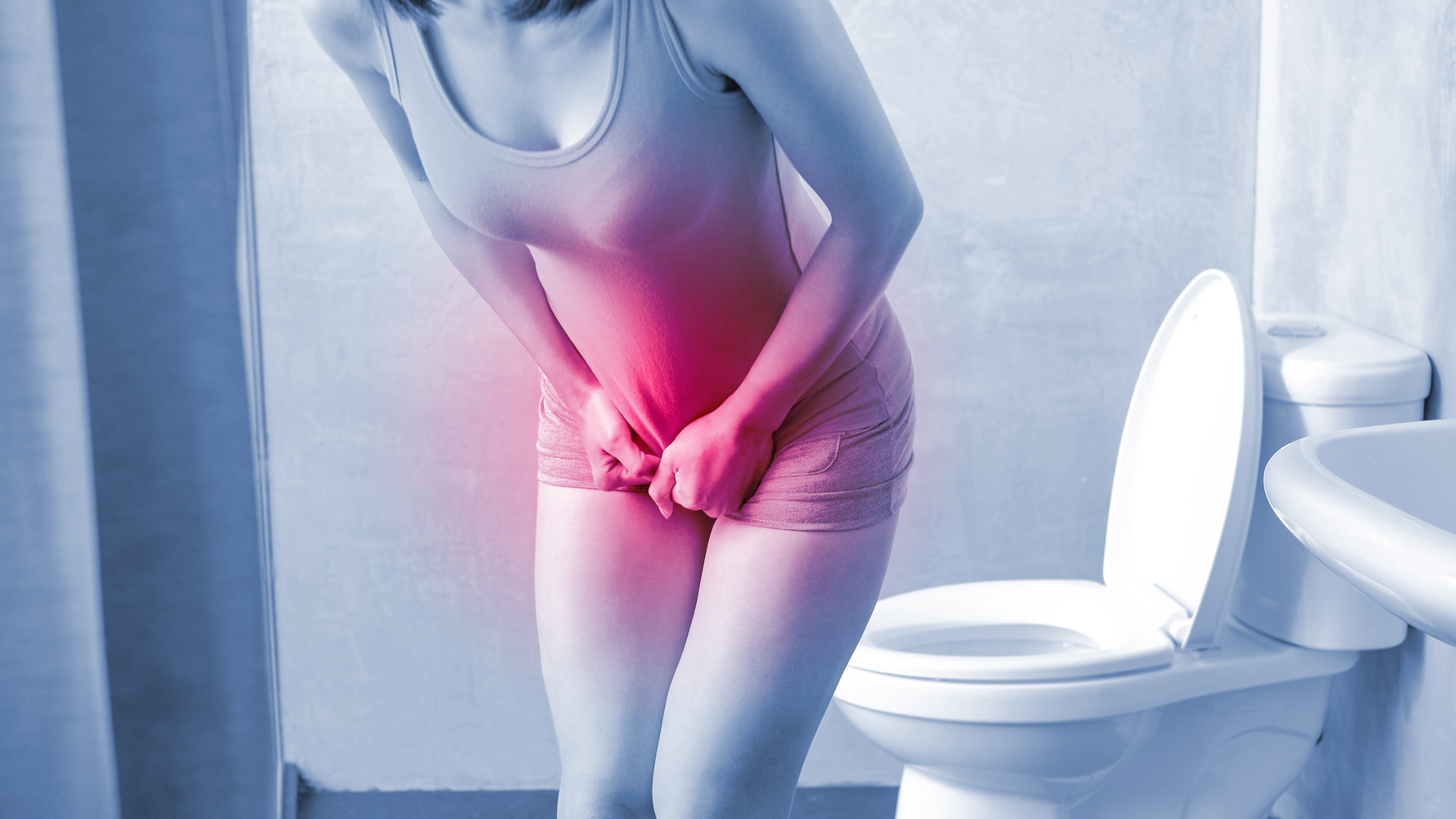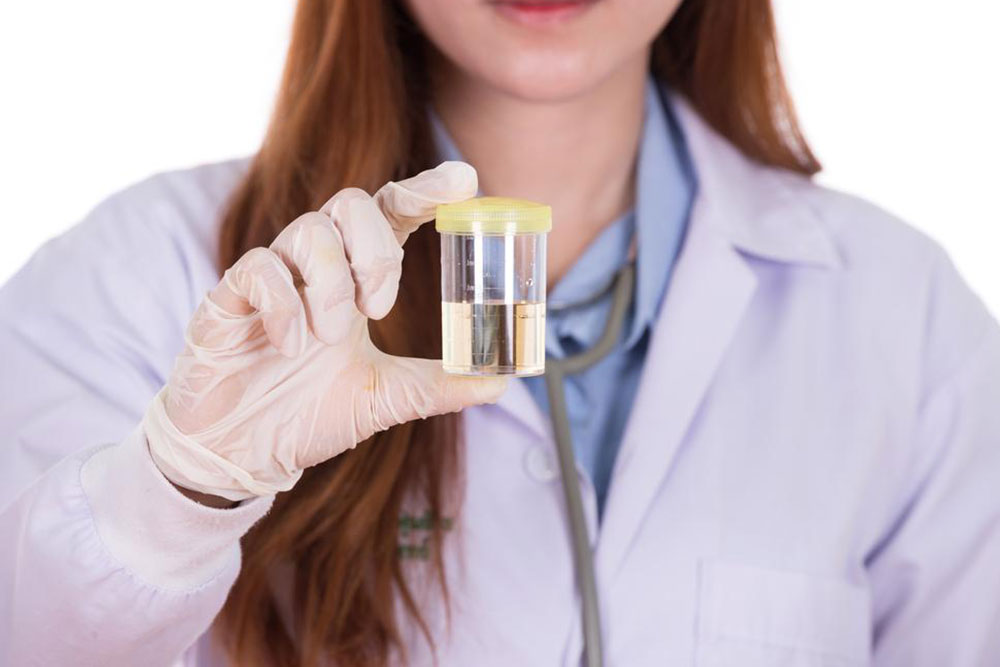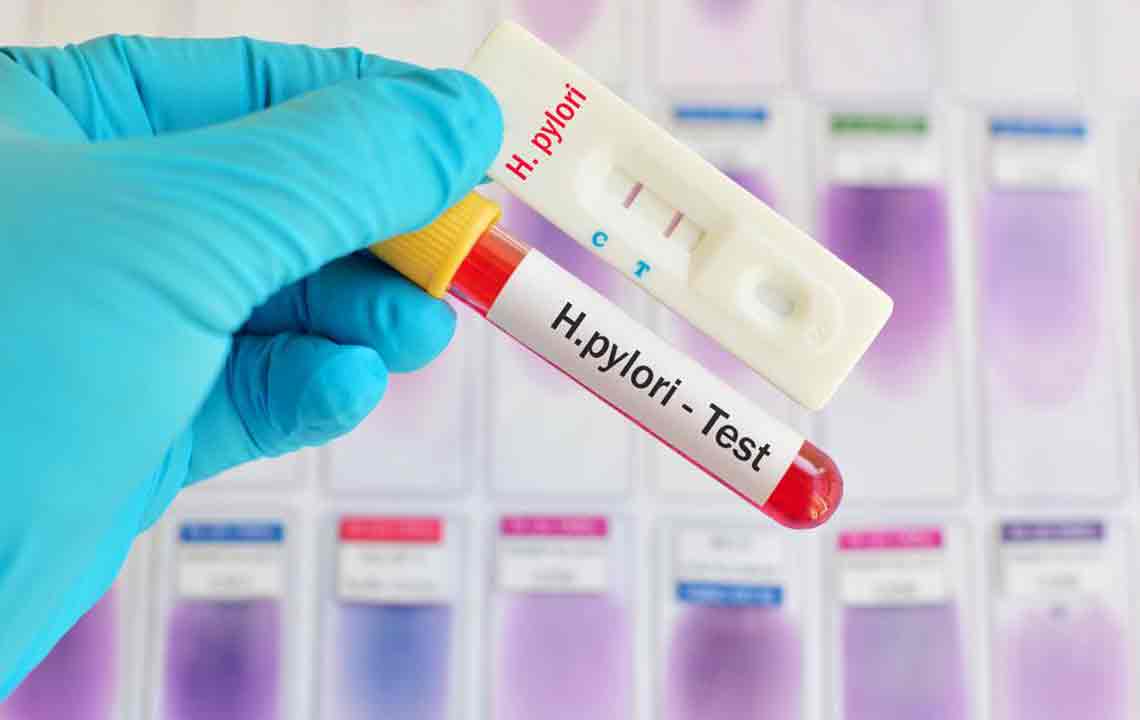In-Depth Guide to Diagnosing and Managing Bladder Infections
This detailed guide explores the diagnosis and management of bladder infections, covering symptoms, testing methods, and treatment options including antibiotics, lifestyle changes, and advanced diagnostics. Learn how to identify and effectively treat cystitis to prevent complications and improve quality of life.

Comprehensive Understanding and Treatment of Bladder Infections
Introduction to Bladder Infection Diagnosis and Care Strategies
Bladder infections, medically known as cystitis, represent a widespread subset of urinary tract infections (UTIs) that affect a significant portion of the population worldwide. These infections are primarily caused by bacteria, most commonly Escherichia coli (E. coli), which enter the urinary tract through the urethra and establish themselves in the bladder wall. Understanding the mechanisms, symptoms, diagnosis, and treatment options for bladder infections is crucial for quick recovery and preventing complications.
This article provides an extensive review of how bladder infections are diagnosed, what symptoms to watch for, and effective management strategies, including modern medical treatments and lifestyle adjustments.
Bladder infections are diagnosed through a combination of physical examinations and laboratory tests. A healthcare provider begins with a thorough medical history and physical examination, focusing on urinary and abdominal symptoms. Urinalysis is a common first step, testing urine samples for evidence of bacteria, blood, or pus. In some cases, a urine culture is performed to identify the specific bacterial strain responsible for the infection, which allows for targeted antibiotic therapy.
For recurrent or complicated cases—those involving persistent symptoms, fever, or suspicion of other underlying issues—additional diagnostic procedures might be recommended. These include cystoscopy—a procedure using a small camera inserted into the bladder—ultrasound imaging, computed tomography (CT) scans, MRI, or contrast dye studies. These tests help rule out possible causes such as tumors, kidney stones, or structural abnormalities.
Once diagnosed, treatment approaches depend on the severity and underlying health status of the patient. Mild bladder infections are often managed at home with adequate hydration, rest, and dietary care—avoiding spicy or irritating foods. Antibiotics form the cornerstone of treatment for most bacterial cystitis cases, with typical courses lasting from 3 to 7 days for uncomplicated infections, and longer durations for more severe or recurrent cases.
Individuals with underlying health conditions, such as diabetes, or those who are in menopause, may require extended treatment durations or additional therapies like estrogen creams to restore the health of the urinary tract lining. Men with prostate issues might need longer antibiotic courses to effectively clear the infection. Pain management with over-the-counter pain relievers can help alleviate symptoms like burning during urination or lower abdominal discomfort. Preventive measures, such as proper hygiene, adequate hydration, and possibly prophylactic antibiotics in certain chronic cases, play a crucial role in preventing recurrence.
In conclusion, understanding the comprehensive process of diagnosing and treating bladder infections can significantly improve outcomes. Early intervention, appropriate medical treatment, and lifestyle modifications are key to managing this common but often uncomfortable condition effectively.





